S. Natesh
Cosultant Advisor, NII, New Delhi 110067
Ever since I joined the National Institute of Immunology a little over a year ago, I was impressed by the gentle rolling landscape that seamlessly and creatively blends institutional and residential spaces with the surrounding green and rocky backdrop. I could also not help noticing the eye-soothing sylvan diversity on the premises. A good many of the tree inhabitants are familiar components of Delhi's natural vegetation, often described as ‘thorn forest’. Its dominant representatives on our campus are legumes such as the babool, Ronjh (white barked acacia), khair (black catechu) and Jhand (khejdi) as well as non-legumes such as the ber and the peelu. Common too are the banyan, peepal, pilkhan and their relatives. These are intermixed with trees that have been introduced from other parts of India and the world. Some of the exotics have arrived from as far away as Africa, South America, Australia and even the Caribbean.
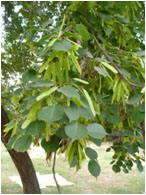
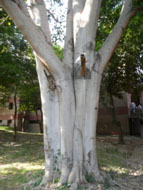
How did we come to have this particular mix of natives and exotics on NII campus? Was it by accident or by design? No matter: native or foreign, introduced intentionally or through chance, all these trees seem to be at home here. While some hide their beauty shyly, there are those that are outrageously ostentatious. Some flower intermittently throughout the year while others do so in sudden transient bursts. Some have showy leaves; some, attractive fruits; and yet others bear wings on seeds that set them soaring in the warm summer wind. Nearly all of them have interesting history, folklore or religious significance associated with them.
For me, it has been a great joy to observe these sylvan citizens day after day as they respond to the changes induced by the seasons. Some friends suggested that I share this joy with all of you. The result is this informal monthly column entitled ‘Remarkable Trees on NII Campus'. For each selected tree, I intend to give a brief introduction including its origin, description and significance. The photographs and artwork are mine unless otherwise acknowledged. Click on the name of the tree given below to open the page. In case you have questions or clarifications, please address them to my mail id: natesh.dbt@gmail.com.
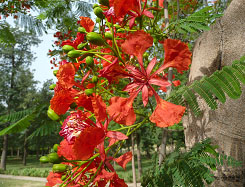
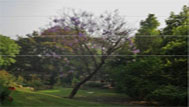 |
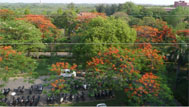 |
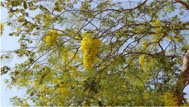 |
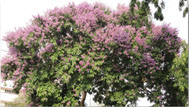 |
| Jacaranda | Gul Mohar | Amaltas | Pride of India |
